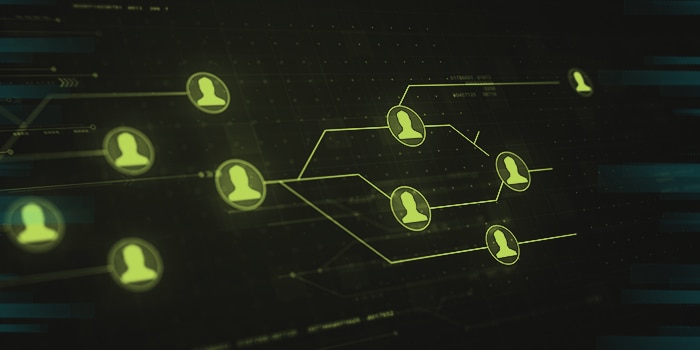How Slack is Connecting Employees to IT Support
February 9, 2018
IT Service Management

There are billions (yes, billions) of emails traveling the internet every day. Come to think of it, about 600 of them are in my inbox right now... I’m going to show you how to streamline communication for your IT service desk, making internal services easily accessible to employees. This will make communications, updates, and notifications clean and visible, improving the experience for the entire organization. But first, let's look at that email problem.
Obviously, you still need your email account, but the goal here is to cleanse the constant barrage of emails from within your organization.
Meet Slack, a versatile messaging app that can integrate with a variety of business tools.






